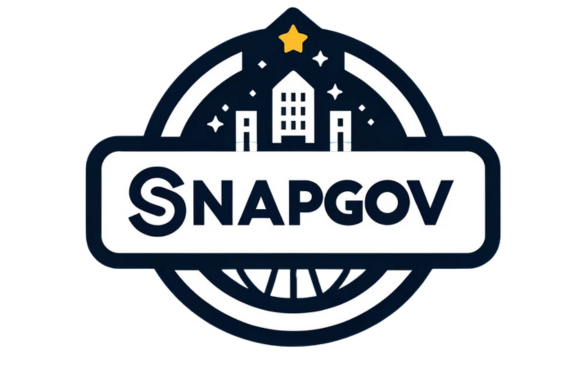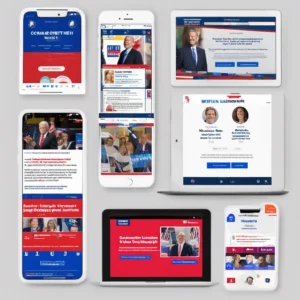1. Clarity and Simplicity
The cornerstone of an effective government website is its ability to communicate clearly. Utilizing straightforward language and an intuitive navigation system ensures that all citizens can find the information they need without hassle.
2. Comprehensive Accessibility
Ensuring accessibility for all, including those with disabilities, is non-negotiable. Adhering to standards like the WCAG makes information accessible to everyone, embodying the principles of inclusivity.
3. Engagement and Interaction
A government website should foster a two-way conversation. Incorporating interactive elements like chatbots, forums, and feedback forms encourages public participation and engagement.
4. Mobile Optimization
With the majority of users accessing the web via mobile, a responsive design ensures that the website is accessible and functional across all devices.
5. Security and Privacy
Security measures are paramount to protect sensitive information. Transparency about data collection and privacy policies builds trust with the public.
6. Content is King
Quality content that addresses the public’s needs is essential. Regular updates ensure the website remains a valuable and accurate resource for citizens.
7. Visual Appeal and Branding
A visually appealing website with consistent branding enhances trust and professionalism, making the user experience more engaging.
8. Performance and Speed
A fast and reliable website reflects the government’s efficiency. Ongoing maintenance is crucial to ensure optimal performance at all times.



